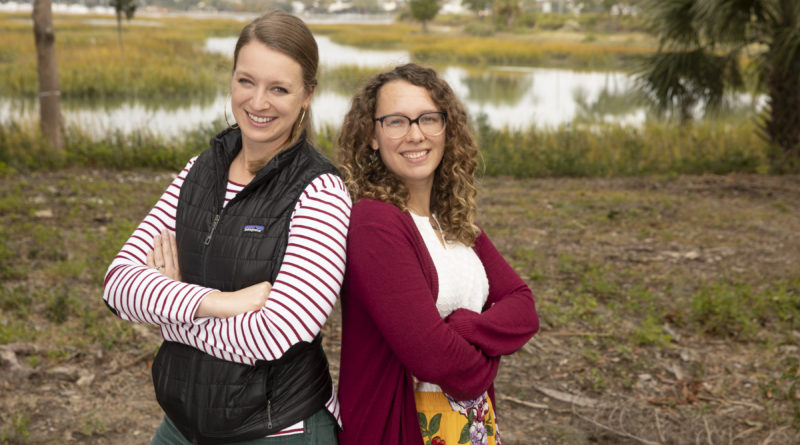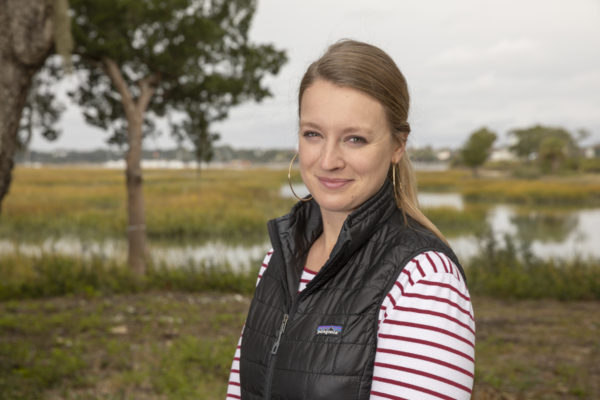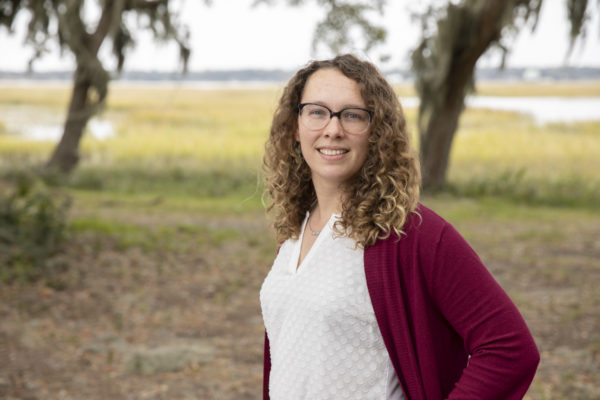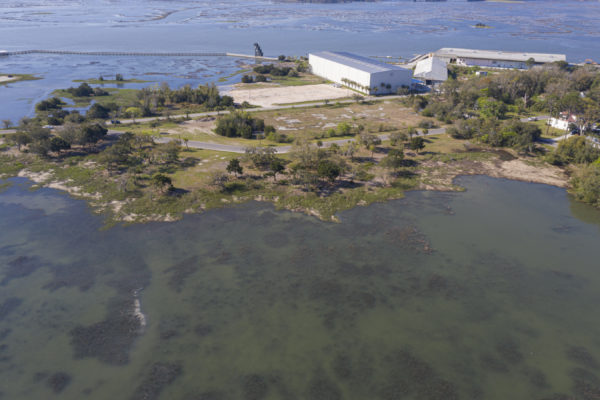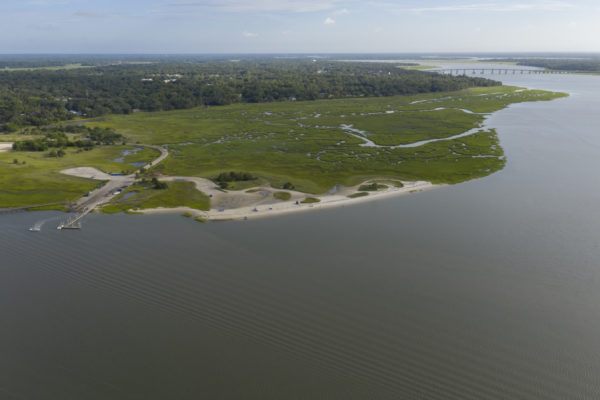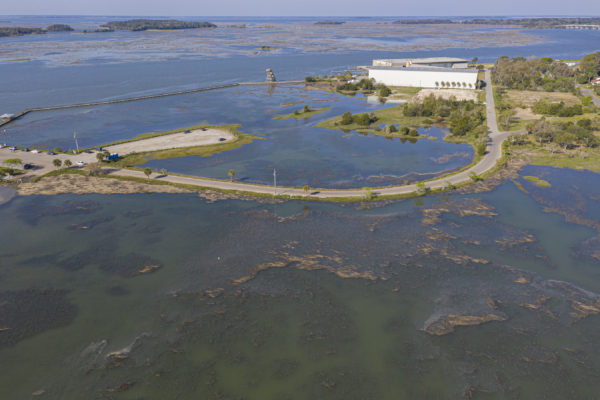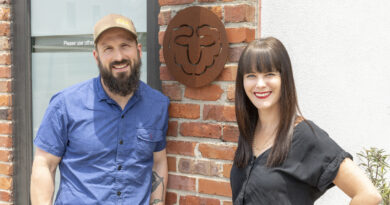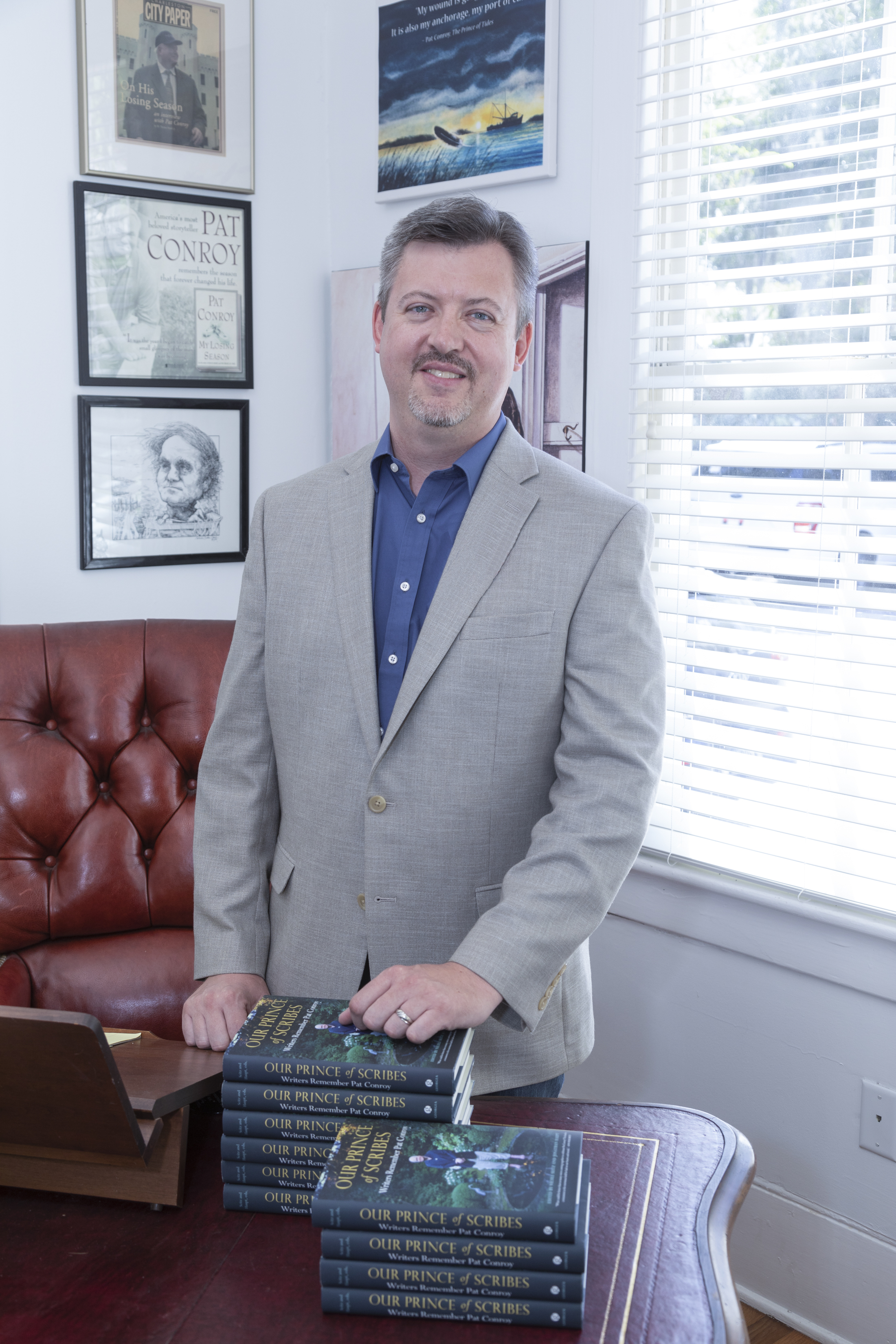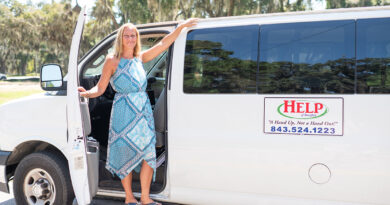COASTAL CONSERVATION LEAGUE
Protecting Our Beautiful Coast
story by JENNIFER BROWN-CARPENTER photos by PAUL NURNBERG
The Coastal Conservation League is one of those necessary, but often overlooked, organizations in Beaufort, SC. The Coastal Conservation League is an environmental advocacy nonprofit. Their goal of protecting the natural landscapes, abundant wildlife, clean water, and quality of life here in South Carolina is one we can all get behind.
The League’s headquarters is in Charleston, SC and they have two satellite offices: the South Coast office here in Beaufort, and the North Coast office in Georgetown. They also have a Legislative Affairs office in Columbia, SC. The South Coast region encompasses Colleton, Beaufort, Jasper, and Hampton County. These areas are known for their valuable salt marshes and rich agricultural land.
The Coastal Conservation League works with citizens in a sort-of grassroots organized way. They work with local elected officials to help promote policies that are good for the environment and with partner associations in the area, such as Beaufort County Open Land Trust, South Carolina Environmental Law Project, and the National Audubon Society.
The South Carolina Lowcountry offers one of the most in-demand landscapes in America. By 2025, the population in Beaufort County alone is expected to increase by 52%. If left alone, and up to chance, population growth will lead to suburban sprawl. This is a growth pattern that destroys farms, wetlands, and forests; degrades our waterways; pollutes the air we breathe; reduces wildlife habitat, and jeopardizes public health ad safety. The result of suburban sprawl is almost always the loss of sense of community.
The League has four main programs that they focus on:
• Land, water, and wildlife. This program is focused on typical “bread and butter” environmental issues, making sure we have clean air to breathe, fresh water to drink, etc. This program is the one responsible for the ban in Beaufort County on single-use plastic bags.
• Communities and transportation. The League works on transportation projects after identifying a gap in this area in other environmental groups. South Carolina is growing year after year. If the League is going to make sure that our natural areas are protected (rural areas like St. Helena and wild areas like the Ace Basin), they have to make sure we are growing responsibly and where there is already an urban footprint. They have opposed several development projects due to this desire and opposed the widening of several highways and bridges as well.
• Energy and climate. This program works to promote policies for sustainable and renewable energy sources. You may have seen a solar farm going up in the Lobeco area. The League needs to be sensitive and make sure they are doing these things in the right place. The old tomato farm in Lobeco is perfect for the solar farm because they weren’t cutting down any trees or filling wetlands.
• Food and Agriculture. This is mostly in Charleston. GrowFood Carolina works with farmers to connect them with markets for their produce. They work with farmers who have vegetables, fruits, eggs, and cheese. They work with some local farms as well, including Brickyard Point Pecan Farms on Lady’s Island. They want to help these farmers get their food into restaurants and stores like Harris Teeter and Whole Foods.
The League just celebrated it’s 30th anniversary recently, and the South Coast office has been open since 1994. One of the first projects the office took on was opposing turning Hwy. 21 into a four-lane out to Hunting Island. They did so because of that suburban sprawl issue. They wanted to make sure that no development pressures were creeping onto St. Helena.
They realized that if that road had gone in, it would have been detrimental to the Island. They also worked through the comprehensive planning process to implement rural zoning categories on St. Helena. Now, even if the properties aren’t formally protected by a conservation easement, there are restrictions on density and how much development and what types can occur on the Island.
Rikki Parker is the South Coast office Director and Legal Analyst. She moved here about 3.5 years ago with her husband (a Marine) from Lousiana. She went to law school at LSU and worked on a governor’s campaign and in coastal policy and fell in love with it. The League had a position that fit her interests and expertise. Julianna Smith is her partner and is newer to the office. She moved to Beaufort from John’s Island. She worked for Kiawah and was a naturalist there and brings an incredible amount of knowledge to the South Coast office.
The League is funded exclusively by donations and grants. Anyone who subscribes to their email list they call a “member” of the League. For those more active members, they can count on the League looking to them to help further the work. The ban on the single-use plastic bags would not have been possible if it weren’t for the members of the League. The investment that the members gave provides politicians with the support they need to feel good about implementing progressive ordinances.
The members also help to guide the League. If Rikki gets a dozen calls into the office from different members about a specific issue, she can usually tell that this is something the League needs to focus on. Oyster Bluff is one example. Over a Christmas holiday, a section of land on Lady’s Island had been cleared of all the trees, and the League received so many calls that they knew they needed to do something. They worked together with planning staff and with the County on a stronger tree ordinance to protect our trees when there is new development going on in an area.
Lady’s Island has struggled with how to grow responsibly. The League has made this area a focus over the last three years. The League hosted “Designing Lady’s Island” in February of 2017. This forum was co-hosted by The Sea Island Corridor Coalition. Over 400 people attended the forum, designed to engage the community, and collaborate with the multi-jurisdictional efforts of Beauty County and the City of Beaufort. The League wanted to hear what the people wanted and didn’t want to happen on Lady’s Island as it continues to grow.
This forum started a more in-depth conversation and eventually led to creating a plan that both the County and the City would buy into. The County and City worked together to fund “The Lady’s Island Plan,” which is a guide for how we want to grow, and what our focus should be on. A walkable-bikeable network and creating a street grid that works for everyone are high on the priority list.
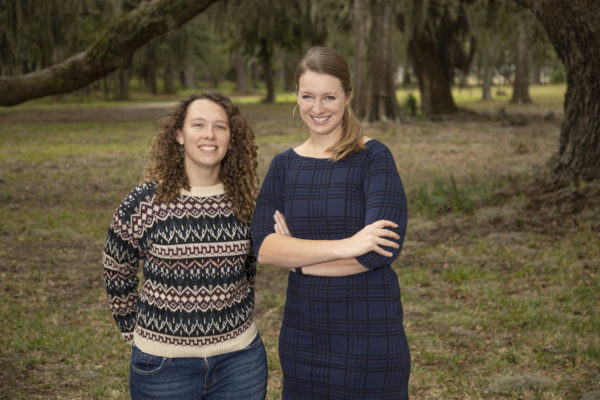
They want to limit the amount of growth that happens in a flood plain area. A low lying area that can accommodate floodwater and rainwater runoff is not able to do that if it is paved, and the elevation has been changed. There are recommendations in the plan that they are working towards implementing. One is a restriction on fill-dirt that is brought in, and one is creating a sea-level rise overlay. The point is to let people know when they are moving into a low-lying area so that they can expect to flood in the next several years.
The League works to fight terrible development ideas, like a resort on Bay Point Island. These resorts built up and then the homes just falling into the water, or the $60 million that Hilton Head Island has had to spend on beach nourishment. The League doesn’t want to see more structures put in harm’s way, especially on a barrier island. Putting infrastructure on a barrier island is very ill-advised, especially when storms have threatened us for the last five years. Bay Point Island is also a critical habitat for our wildlife. One hundred seven loggerhead sea turtles have nested there, and the Island can hold up to 8,000 shorebirds in winter.
The Port Royal Redevelopment is something that the League is happy to support. There is already an urban footprint going on at that site, and it can provide for the housing needs that will be necessary over the coming decades.
The goals and plans of the Coastal Conservation League can be summed up nicely in this quote by Victor Dover: “Here’s the radical idea: We can restore peoples’ faith in progress. We can get back to the idea that growth and change might make places more liveable, more charming, more functional, and more sustainable. That is possible, and that is why we plan.”

